Gil-galad stands as one of the most significant Elven rulers in Middle-earth's history. As the last High King of the Noldor, he led the Elven armies alongside Elrond during the War of the Last Alliance and played a crucial role in opposing Sauron's rise to power. His ancestry remains a subject of scholarly debate, with some records identifying him as the son of Fingon.
The name Gil-galad translates to "Star of Radiance" in Sindarin, reflecting the noble heritage and brilliant legacy of this legendary figure. His reign marked the final flourishing of the Noldorin Elves in Middle-earth, during which he established his kingdom at Lindon following the War of Wrath.
Gil-galad's ultimate fate was sealed on Mount Doom, where he fell in combat against Sauron himself. Before his death, he entrusted his ring of power to Elrond, demonstrating the deep bond between these two influential Elven leaders who together shaped much of the Second Age's history.
Historical Context
Gil-galad's life spans crucial periods of Middle-earth's history, from his contested origins in the First Age to his reign as the last High King of the Noldor during the Second Age.
First Age and Origins
Gil-galad's exact parentage remains a debated topic in the histories of Middle-earth. Multiple accounts name different fathers, including Fingon and Orodreth.
The name Ereinion Gil-galad means "Star of Radiance," reflecting his noble Noldorin heritage. He lived through the final years of the First Age in Beleriand, witnessing the devastating War of Wrath.
As a young prince, he survived the fall of the great Noldorin realms. The destruction of Beleriand forced the remaining Elves to flee eastward.
Second Age and the Rise of Gil-galad
Gil-galad established the realm of Lindon after the First Age, becoming the High King of the Noldor in exile. His kingdom stretched across western Eriador, serving as a beacon of Elven culture.
He formed strong alliances with Númenor, recognizing the growing threat of darkness in Middle-earth. His strategic position watching for threats from the West proved crucial.
Gil-galad was among the first to recognize Sauron's deception. He refused the Dark Lord's false friendship and maintained vigilance against the growing shadow.
His realm became a sanctuary for Elven knowledge and culture, preserving the ancient wisdom of Valinor in Middle-earth.
Alliances and Political Influence
Gil-galad established powerful alliances that shaped the political landscape of Middle-earth during the Second Age. His leadership and diplomatic abilities united diverse peoples against common threats.
Last Alliance of Elves and Men
Gil-galad formed the Last Alliance with multiple allies in response to Sauron's growing power. He joined forces with Elendil, High King of the Dúnedain, creating the strongest military coalition of the age.
The combined armies gathered at Rivendell in 3430 of the Second Age. Gil-galad led the Elven host while Elendil commanded the forces of Men.
At the Battle of Dagorlad, Gil-galad and Elendil confronted Sauron directly. Though both kings fell in combat, their sacrifice enabled Isildur to cut the One Ring from Sauron's hand, achieving victory.
Relations with Elven Realms
Gil-galad maintained strong diplomatic connections through mutual trust with other Elven realms. He worked closely with Círdan in Mithlond and established Elrond as his herald and second-in-command.
His alliance with Celebrimbor and the smiths of Eregion proved crucial during the Second Age. Gil-galad received Vilya, the mightiest of the Three Elven Rings.
The High King fostered cooperation between the realms of Lindon, Lothlórien, and the Woodland Realm under Thranduil. His diplomatic network created a united front against threats from Mordor.
Cultural Significance and Legacy
Gil-galad's influence extended far beyond his reign through powerful artifacts and literary depictions that shaped Middle-earth's history. His sacrificial death fighting Sauron and his role as keeper of two Elven Rings cemented his place in Elven lore.
Artifacts and Symbols of Power
Gil-galad wielded significant cultural artifacts that became legendary symbols of Elven might. His spear Aeglos struck fear into enemies and represented the height of Elven craftsmanship.
As bearer of Vilya, the mightiest of the Three Elven Rings, Gil-galad held tremendous responsibility. He also safeguarded Narya before entrusting it to Círdan.
The star motif in his name "Star of Radiance" appeared on his banner and arms, inspiring hope among his followers. These symbols continued to represent Elven nobility long after his fall.
Depiction in Literature
Gil-galad's story features prominently in songs and poetry throughout Tolkien's works. The famous "Fall of Gil-galad" lament, recited by Sam in The Lord of the Rings, preserves the memory of his sacrifice.
The Silmarillion depicts him as the last great Elven-king of Middle-earth, emphasizing his crucial role in the Last Alliance. His death marks a turning point in the declining power of the Elves.
Medieval literary traditions influenced how Tolkien crafted Gil-galad's character as a noble ruler who chose to face evil directly rather than flee.
Key Battles and Conflicts
Gil-galad played a pivotal role in leading the forces of Elves and Men against Sauron in two major military campaigns that shaped the fate of Middle-earth.
Siege of Barad-dûr
The prolonged siege of Sauron's fortress lasted seven years, with Gil-galad commanding the allied forces alongside Elendil. The armies surrounded the dark tower of Barad-dûr, attempting to breach its defenses.
Gil-galad wielded his legendary spear Aeglos in fierce combat against Sauron's forces. The siege marked the first major test of the Last Alliance's strength, as they faced waves of Orcs and other creatures in service to the Dark Lord.
The allies maintained their positions despite heavy losses, preventing Sauron from gathering his full strength or escaping the fortress. This prolonged engagement weakened Sauron's armies significantly.
War of the Last Alliance
The final battle saw Gil-galad join forces with Elendil in direct combat against Sauron near Mount Doom. The High King used his spear Aeglos while Elendil fought with his sword Narsil.
Both Gil-galad and Elendil fell in this climactic encounter, though not before inflicting crucial wounds on Sauron. Their sacrifice enabled Isildur to cut the One Ring from Sauron's hand using the shards of his father's broken sword.
This victory marked the end of the Second Age and Sauron's first defeat, though at the terrible cost of Gil-galad's life. The loss of the High King fundamentally changed the power structure of the Elves in Middle-earth.
Gil-galad's Influence on Key Characters
Gil-galad's leadership and guidance shaped the fate of Middle-earth through his profound impact on both elven and human allies. His wisdom and strength fostered crucial alliances that would later prove vital in the war against Sauron.
Connection with Elven Leaders
Gil-galad's influence as High King extended across Lindon, where he maintained strong relationships with key elven leaders. His closest alliance was with Círdan the Shipwright, who served as his trusted advisor.
The king formed a particularly significant bond with Elrond, whom he chose as his herald. This relationship proved instrumental in establishing Rivendell as a stronghold of elven power.
Gil-galad's partnership with Celebrimbor was complex but crucial, especially during the forging of the Rings of Power. Their collaboration helped preserve elven knowledge and craftsmanship.
Mentorship and Inspirational Role
Gil-galad's role as a mentor shaped many leaders who would later stand against evil. His guidance was particularly evident in his tutelage of Elrond, who inherited much of his diplomatic skill and wisdom.
His leadership style influenced how later rulers like Elendil and Isildur approached the alliance between elves and men. The Last Alliance of Elves and Men was built on diplomatic foundations Gil-galad had established.
The king's legacy lived on through those he taught, with his strategies and principles reflected in the later Council of Elrond. His emphasis on unity against darkness remained a guiding principle for future generations.
Geographical Importance
Gil-galad's strategic control of key territories and fortifications played a vital role in maintaining Elven power in Middle-earth during the Second Age.
Kingdom of Lindon
Gil-galad's realm of Lindon stretched across the western shores of Middle-earth, with the Grey Havens serving as a crucial port city under the stewardship of Círdan the Shipwright.
The kingdom's western position allowed direct maritime access to Valinor, making it an essential point of contact between the Eldar in Middle-earth and their kin across the sea.
Lindon's location between the Blue Mountains and the sea created a natural defensive position, protecting the realm from threats from the east while maintaining vital trade routes.
Strongholds and Fortresses
Gil-galad established multiple fortified positions across northern Eriador, creating a network of defensive structures to guard against the growing threat of Sauron.
The fortifications served as military outposts and centers of Elven culture, with strong connections to other Elven realms like Rivendell and Lothlórien.
These strategic positions allowed Gil-galad to maintain surveillance over vast territories and coordinate military responses to threats, particularly during the War of the Last Alliance against Barad-dûr.
Frequently Asked Questions

Gil-galad stands as one of the most consequential Elven rulers of Middle-earth, leading the Noldor through the Second Age and forging crucial alliances against Sauron. His decisions and actions shaped the fate of Middle-earth for thousands of years.
How did Gil-galad meet his demise?
Gil-galad fell during the Battle of the Last Alliance on the slopes of Mount Doom in 3441 of the Second Age. He was slain by Sauron's heat and flame in single combat alongside Elendil.
The High King's death marked the end of the Noldorin kingdoms in Middle-earth and symbolized the close of the Second Age.
Who are the members of Gil-galad's family tree?
Gil-galad identified himself as the son of Fingon in his correspondence with the rulers of Númenor. He descended from the noble house of Fingolfin through his father.
His position as the last High King of the Noldor in Middle-earth came through this direct lineage to the House of Finwë.
What is the significance of Gil-galad in the Rings of Power?
Gil-galad received two of the three Elven Rings of Power - Vilya, the Ring of Air, and Narya, which he later gave to Círdan.
He recognized the threat of Sauron early and refused to be deceived during the forging of the Rings of Power, maintaining the independence of his realm.
How does Gil-galad's relationship with Thranduil unfold?
Gil-galad maintained diplomatic relations with Thranduil's realm in the Woodland Realm, though they operated independently. Their realms represented two distinct branches of elvish society - the Noldor and Sindar.
The two rulers shared common cause against the rising darkness, though they pursued different strategies in protecting their peoples.
What is the role of Gil-galad's spear in his battles?
Gil-galad wielded Aeglos, a legendary spear that glowed with frost. The weapon's name means "Snow-point" or "Icicle" in Sindarin.
Aeglos proved deadly in combat, serving as Gil-galad's primary weapon throughout his military campaigns against Sauron's forces.
What led to Gil-galad being chosen as High King over Galadriel?
Gil-galad ruled Lindon as a monarchy through inheritance of the High Kingship through the male line of the House of Finwë.
The laws of succession among the Noldor favored male heirs, placing Gil-galad's claim through his father Fingon above Galadriel's claim through the house of Finarfin.

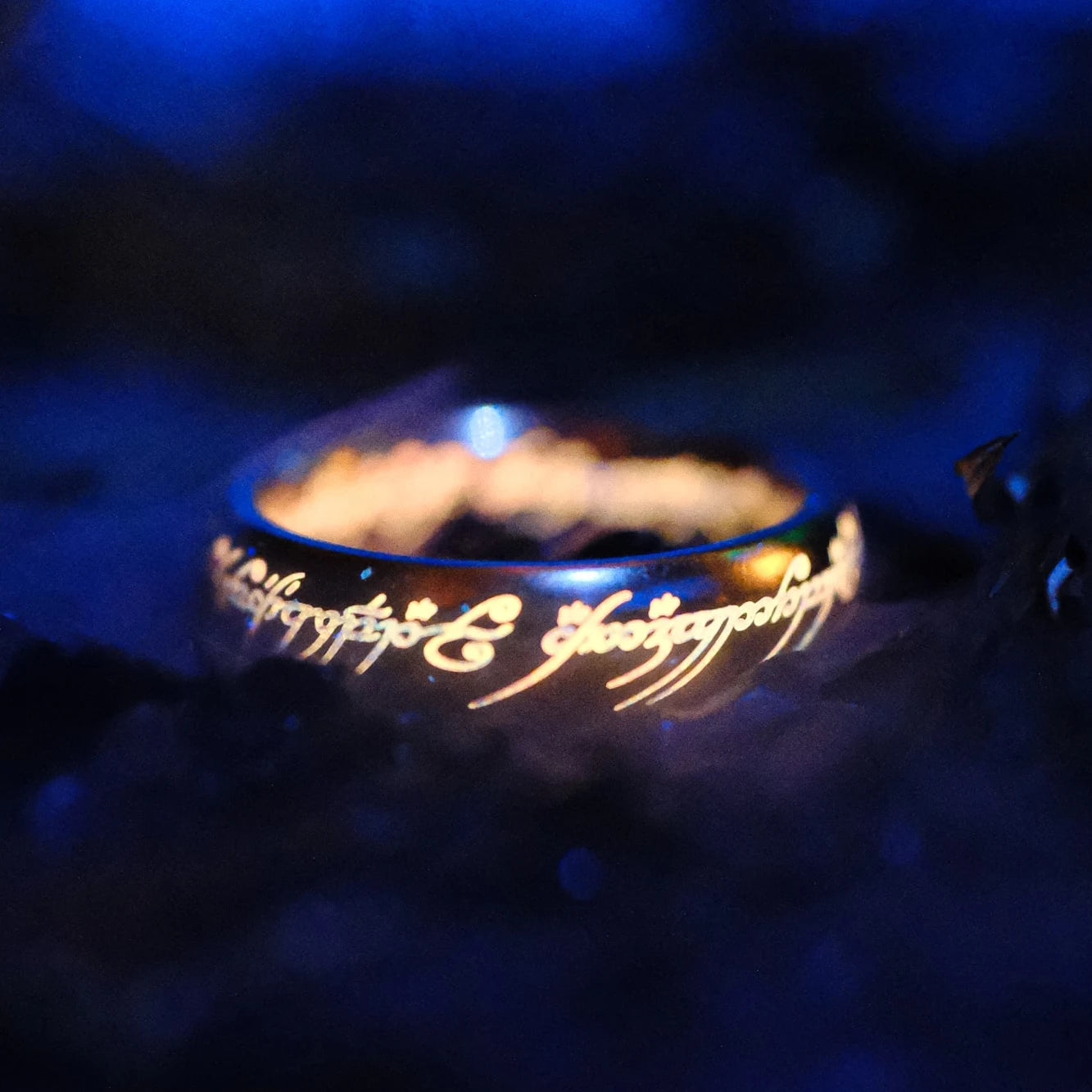

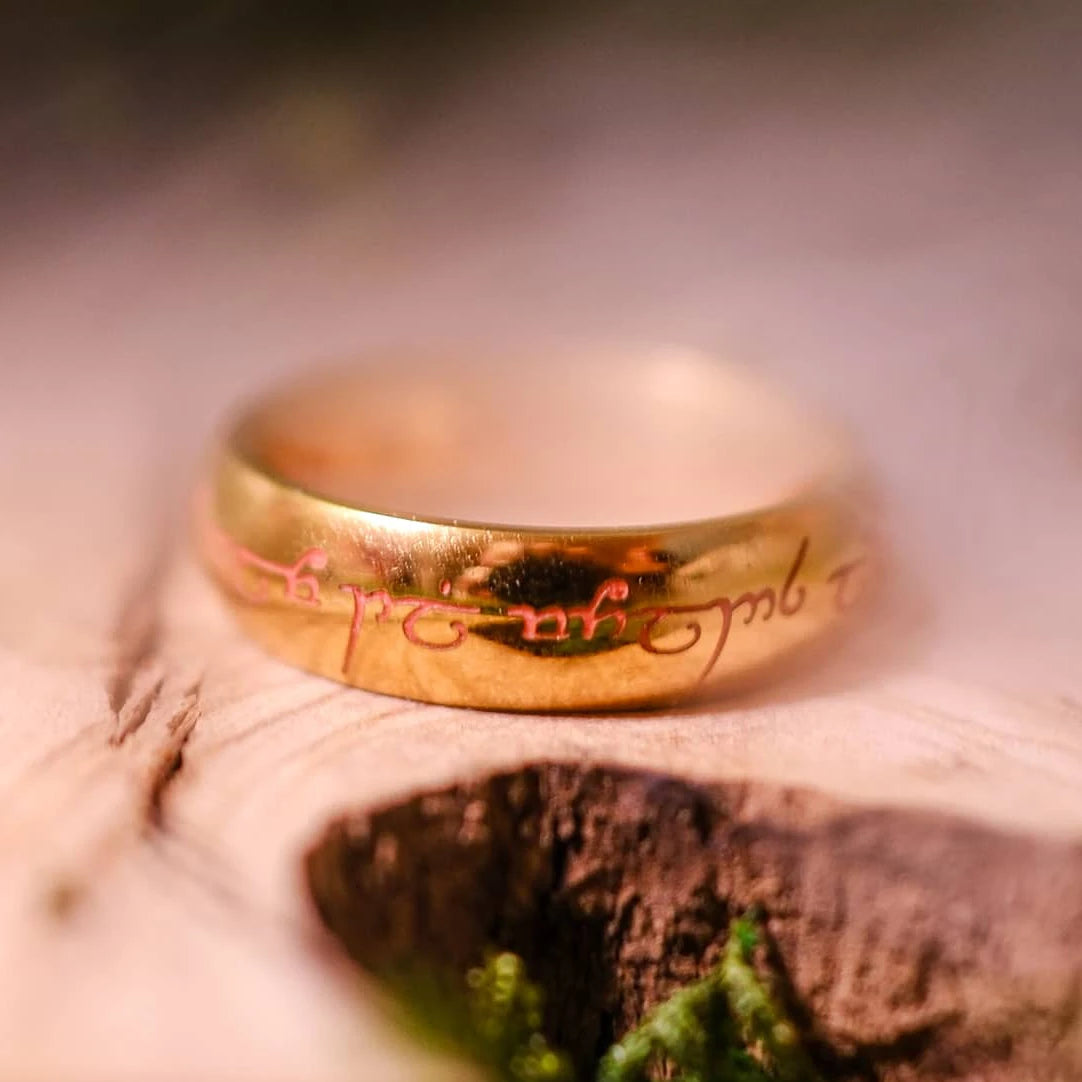

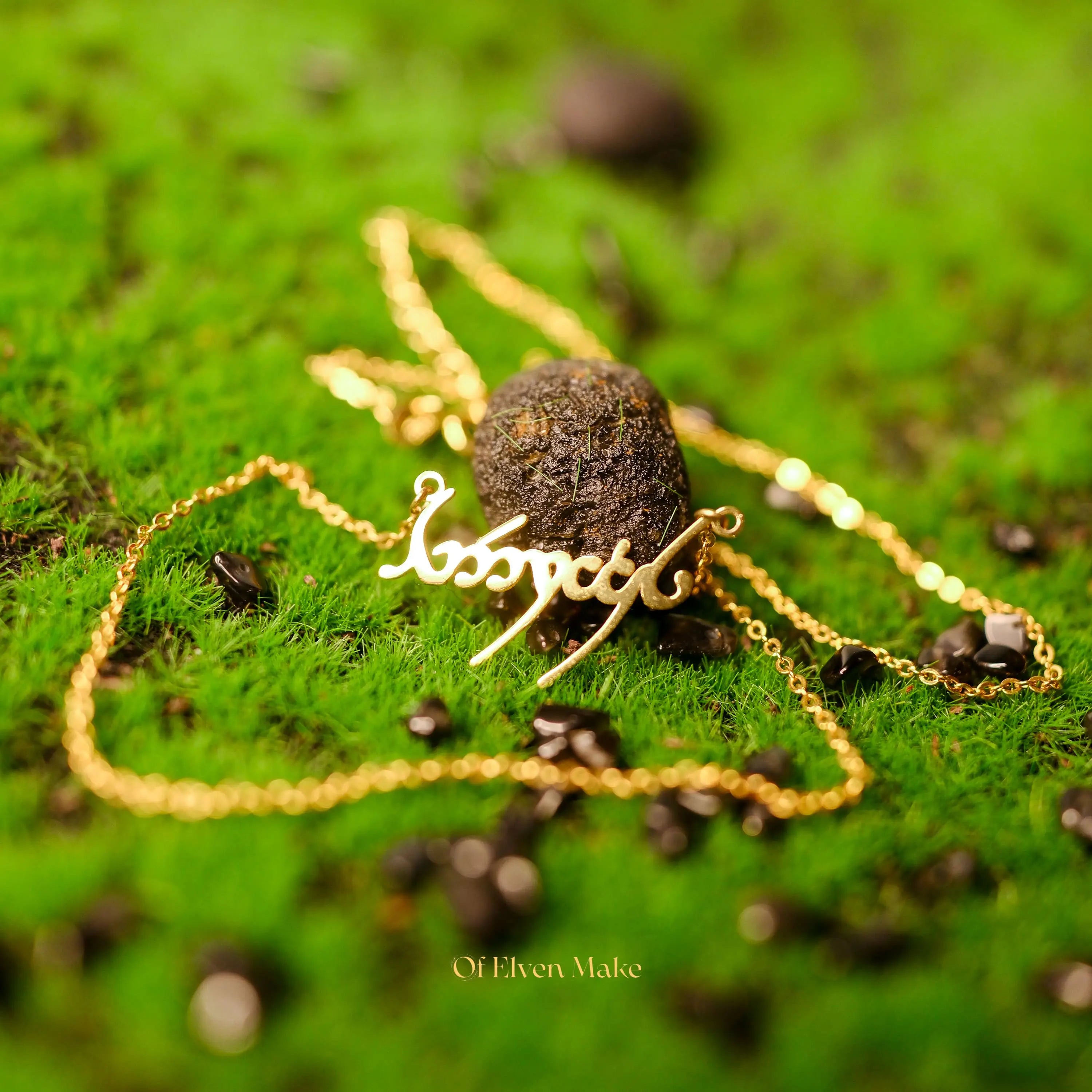




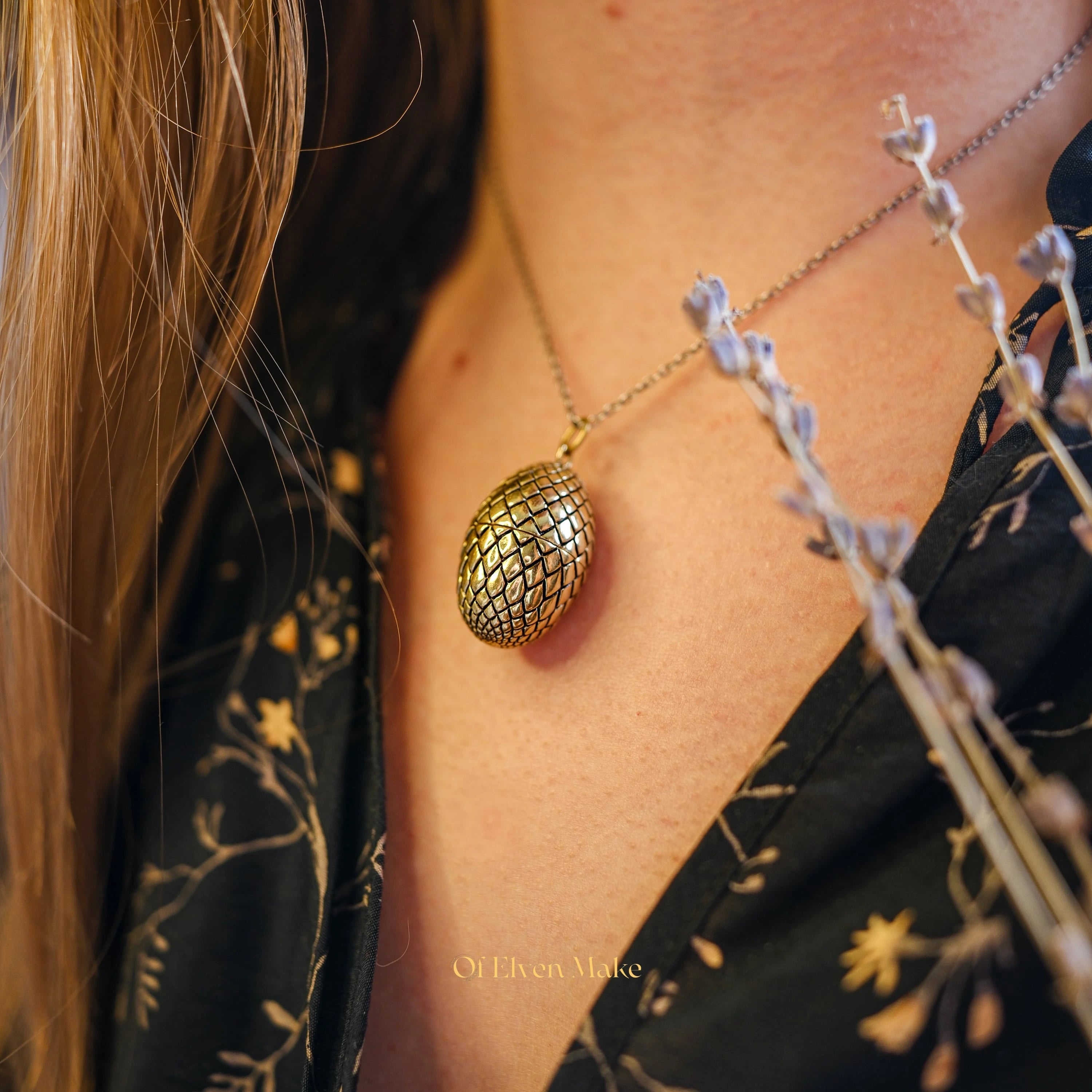
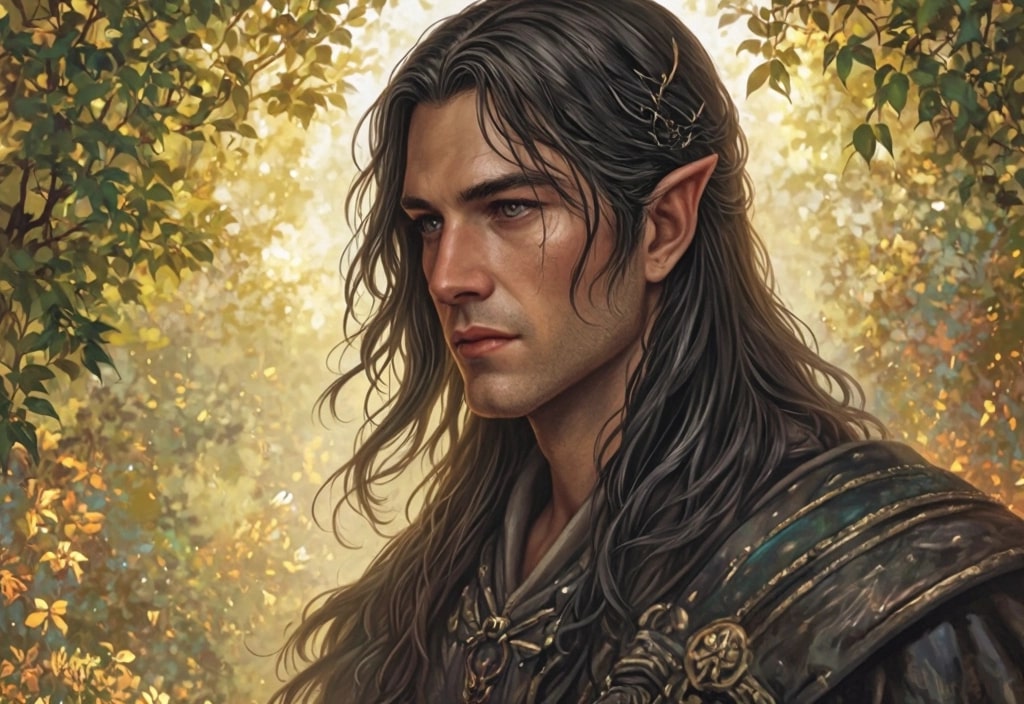
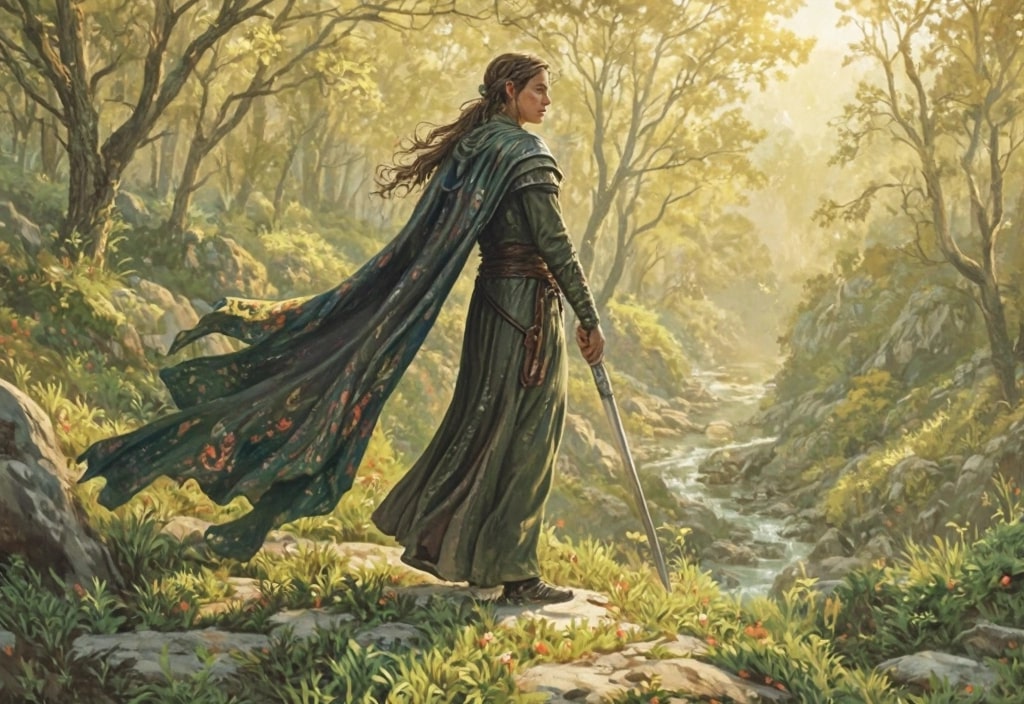

Leave a comment
This site is protected by hCaptcha and the hCaptcha Privacy Policy and Terms of Service apply.